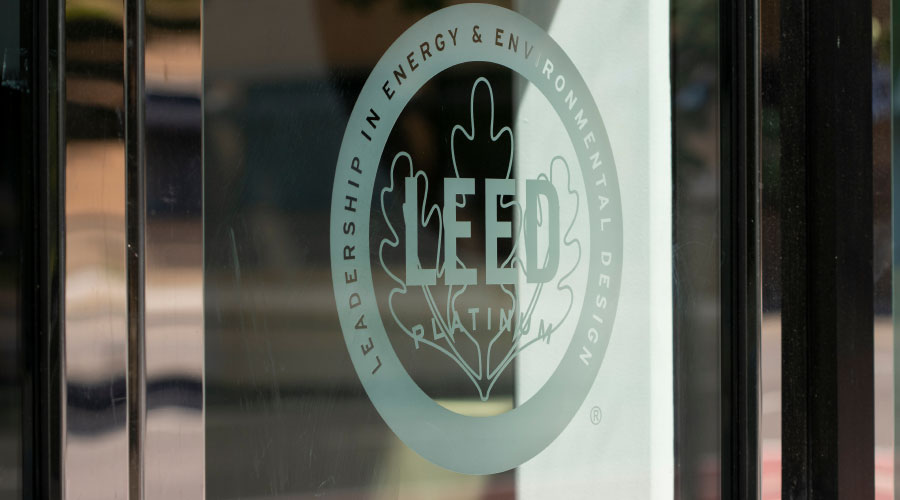Water Demands, Energy Management Are Among Lessons Learned From Early Days of 600 Brickell
As 600 Brickell continues to fill up and the operations staff gains more experience, it is applying lessons learned from the first 18 months of the building's operation. Among them are the water demands and energy management requirements. Most of this section, especially the lessons learned and applied, relate to the recycling facility and the security system.
Early Lessons Learned
Even though the building has only been in operation for 18 months, the building staff has found out just how valuable a cistern can be during the "dry" season in Miami. The cistern provides water to supply irrigation and fountain use in the 30,000-square-foot public plaza without any additional water during the several-month-long dry season, according to Morawa.
It's too early to see full results from some of the steps 600 Brickell has taken. For example, because only in the last several months has the building begun to truly fill with tenants, the building operations team doesn't have the trove of information that the energy management system will eventually provide.
"We expect this [energy-use] data to be very useful as the building continues to gain occupancy," notes Munoz.
As the building operations team gains experience, it has made adjustments to keep the building true to its aims. The recycling facility in the basement is a good example. That space was designed to separate materials by type. But the facility ran into a snag when building owners discovered that the waste hauler trucks contracted by 600 Brickell had only one compartment for all materials, nullifying any separation efforts.
"It would have commingled all materials, subjecting much of our paper to contamination by fluids, making it useless for recycling," says Munoz.
Because the building generates a lot of paper, the facilities team elected to contract with a records-management company that would securely shred and recycle paper waste. Munoz considers it yet another amenity for the occupants, and she notes that they were able to cover the extra expense through the reduced cost of waste hauling.
"We continue to separate all other recyclables in the building and track all materials leaving the building to measure our performance in waste recycling," she says.
Intelligent Use
Other systems in the building have also seen changes. The initial security system called for two cards — one for the building and one for each tenant's space — to be used by building occupants. "The building's security system includes several components that interact with each other," she says. "For example, the main building card access server is integrated with the building visitor and loading dock access software, the turnstiles and elevators."
The building owner has since streamlined the system by installing multi-technology card readers using technology that allows tenants to have their own separate card access system that will still be able to interface with the building card readers and elevators — all done via one card.
The 600 Brickell building was designed with intelligent use in mind; as such, Munoz anticipates that these card readers will bring near-field-communication capabilities to the building sometime soon.
"That way, tenants will be able to use their cell phones to access the building in the same way as secure access cards," Munoz says.
Loren Snyder, a contributing editor for Building Operating Management, is a writer who specializes in facility issues. He was formerly managing editor of Building Operating Management.
Related Topics:














